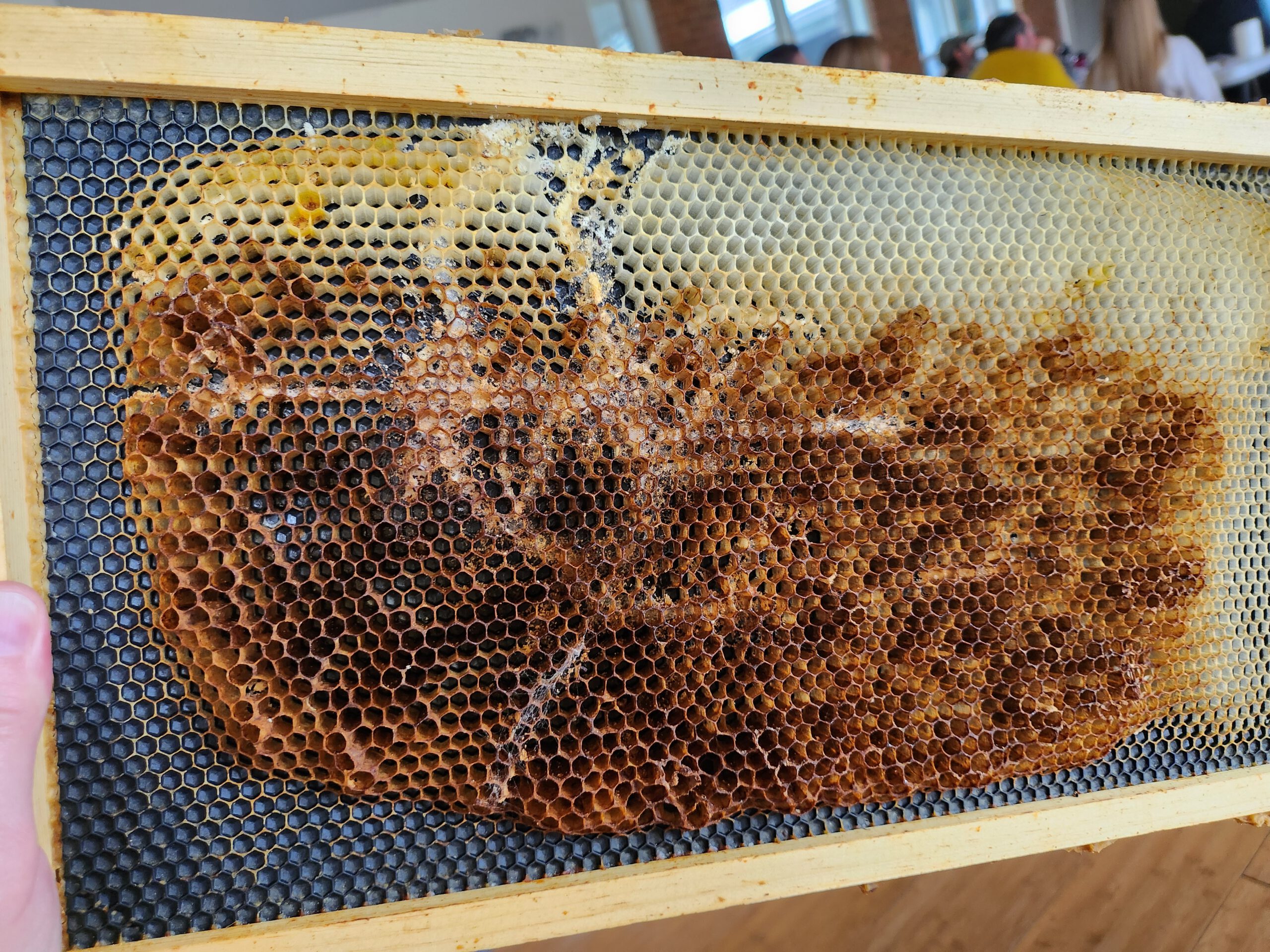Healthy bees are essential for a productive hive, but various diseases can threaten their well-being. As a beekeeper, understanding how to identify and prevent common bee diseases is crucial for maintaining a thriving colony. Here’s a guide to help you recognize symptoms and implement preventive measures.
American Foulbrood (AFB)
One of the most severe bacterial infections, American Foulbrood, causes foul-smelling hives, sunken brood cappings, and dark, gooey larval remains. If detected, the best course of action is to destroy infected equipment and implement strict hygiene measures to prevent its spread. Using disease-resistant bee strains and regular inspections can help keep your colony safe.
European Foulbrood (EFB)
Less severe than AFB but still harmful, European Foulbrood weakens larvae, turning them discolored and twisted. Affected colonies may exhibit a sour smell and mushy brood. Keeping the hive well-ventilated, reducing stress factors, and ensuring strong queens will help prevent an outbreak. In some cases, antibiotics may be necessary.
Nosema Disease
This fungal infection weakens bees, making them lethargic and reducing foraging activity. Signs include diarrhea-like streaks near the hive entrance and high winter mortality. Proper nutrition, good ventilation, and replacing old comb regularly can mitigate its effects. In severe cases, treatments like fumagillin may be considered.
Chalkbrood
Chalkbrood is a fungal disease that turns larvae into hardened, chalk-like mummies. It typically results from poor ventilation and hive stress. Selecting disease-resistant bee strains, maintaining good airflow, and removing affected brood combs can help control the problem.
Varroa Mite Infestation
Varroa mites are one of the most destructive threats to bee colonies, leading to deformed wings, weak bees, and eventual colony collapse. Regular monitoring, integrated pest management (IPM), and natural treatments like oxalic acid can help control mite levels. Encouraging hygienic behavior through selective breeding also strengthens hive resistance.
Small Hive Beetle (SHB)
Small hive beetles lay eggs in comb, causing honey to ferment and slime to build up. These pests thrive in weak colonies. Preventive measures include keeping the apiary clean, reducing excess hive space, and using beetle traps to limit their numbers.
General Disease Prevention
Regular hive inspections, proper sanitation, and avoiding equipment exchanges between colonies can prevent the spread of infections. Ensuring diverse forage and supplemental feeding when necessary supports bee health. Strong genetics and reducing hive stress further contribute to disease resistance.
Conclusion
Bee diseases can devastate colonies if left unchecked, but proactive management can keep them healthy. By staying vigilant, maintaining hygiene, and implementing preventive strategies, you can safeguard your hive and ensure a thriving colony.

